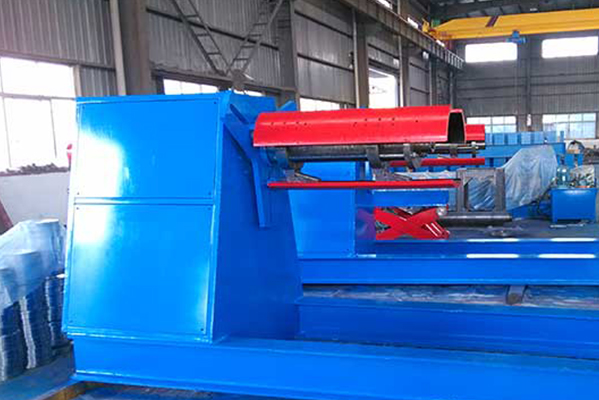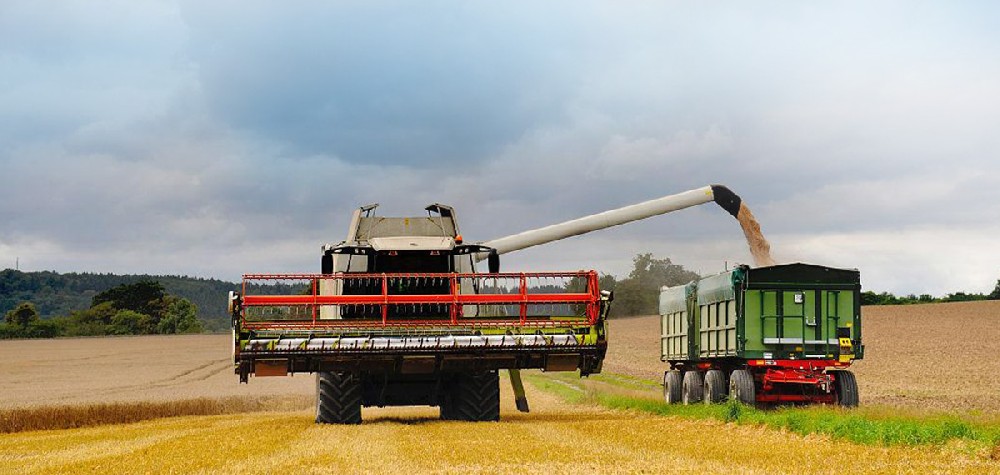Navigation Menu
Contact Us
- Email:
- info@wxavatar.com
- Address:
- Yurong Village, Yuqi Street, Huishan District, Wuxi, China.
Release Date:Aug 21, 2025 Visit:22 Source:Roll Forming Machine Factory
In modern metal processing, combining a 10-ton hydraulic decoiler with automated systems can significantly enhance efficiency, precision, and safety. Automation integration allows manufacturers to streamline material handling and maintain continuous production with minimal manual intervention.

1. Automated Coil Loading and Expansion
Hydraulic decoilers with automation can handle coil loading and expansion processes automatically. This reduces setup time, minimizes human error, and ensures that heavy coils are securely positioned before production begins.
2. Synchronization with Roll Forming or Stamping Lines
Integrating the decoiler with downstream equipment like roll formers or stamping presses ensures that material feeding is consistent and precisely timed. Automated coordination prevents material jams, misfeeds, and uneven tension, contributing to smoother line operations.
3. Dynamic Tension Control
Automation systems can continuously monitor and adjust coil tension in real time. This prevents overfeeding or slack, protecting both the material and the tooling while maintaining consistent product quality.
4. Remote Monitoring and Diagnostics
Automated decoilers often feature digital controls and sensors that provide real-time feedback on coil status, tension, and line performance. Operators can monitor and adjust the system remotely, reducing downtime and improving operational oversight.
5. Reduced Labor and Enhanced Safety
Automation minimizes manual handling of heavy coils, lowering the risk of workplace injuries and freeing operators to focus on quality control and other critical tasks.
6. Integration with Full Production Line Automation
For high-capacity operations, the decoiler can be part of a fully automated line—including feeding, forming, cutting, and stacking. This level of integration maximizes throughput, reduces bottlenecks, and ensures consistent output quality.

Conclusion:
By integrating automation with a 10-ton hydraulic decoiler, manufacturers can achieve smoother operations, higher throughput, and improved safety. Automation ensures precise material handling, reduces manual intervention, and supports seamless coordination with downstream processes, making it an essential upgrade for modern high-volume production lines.